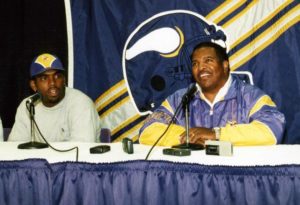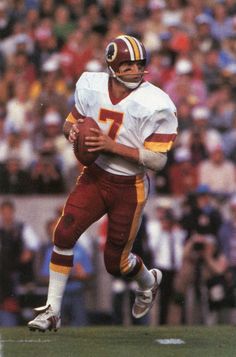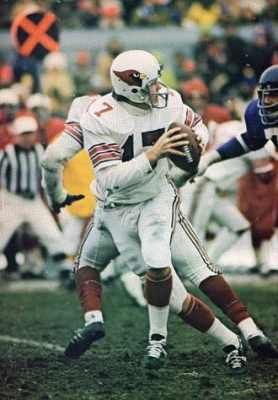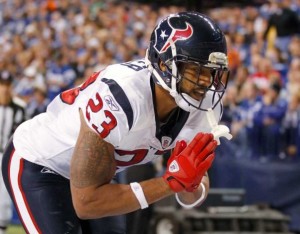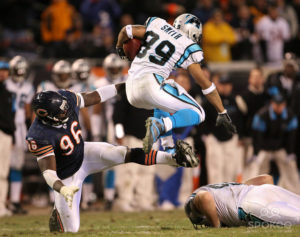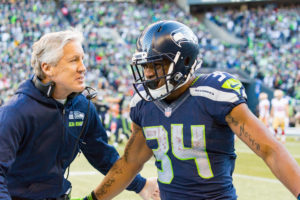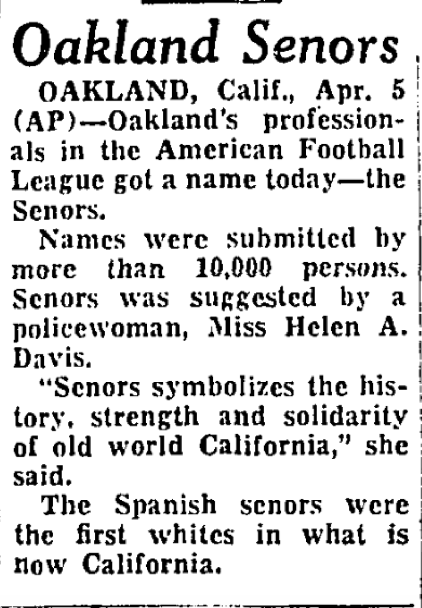In 2013, Brandon Marshall caught 100 passes and 12 touchdowns for the Chicago Bears and made the Pro Bowl. His teammate, Matt Forte, also made the Pro Bowl on the basis of 1,933 yards from scrimmage and 12 scores of his own.
Marshall had 109 receptions and tied for the league-lead with 14 touchdowns last year as a member of the Jets, and earned another Pro Bowl nod. Forte had a down year, but is only one year removed from an 1,846 yards from scrimmage season. With Forte now in New York, the players are teammates again. And, if both make the Pro Bowl this year, they will join a pretty rare group: teammates who made the Pro Bowl for multiple franchises. In fact, only four players of teammates have ever done it.
Reggie White made the Pro Bowl 13 times in his career, including in 1988, 1989, and 1990 for the Eagles. In those years, his teammate, tight end Keith Jackson, also earned trips to Honolulu. White went to Green Bay in ’93 and made the Pro Bowl in each of his six seasons with the Packers. In ’95, Jackson reunited with White in Green Bay, and the duo made the Pro Bowl together again in 1996.
Guard Randall McDaniel made 12 Pro Bowls in his career; every year of his 14 year career, in fact, other than his first and last seasons. In ’98 and ’99, he was joined by the man playing next to him on the line, Vikings center Jeff Christy. After the ’99 season, both players left for Tampa Bay, and the duo made the Pro Bowl their first season with the Bucs, too. [continue reading…]

